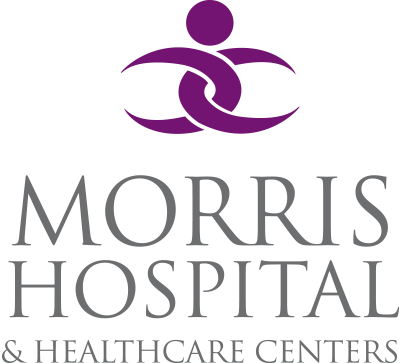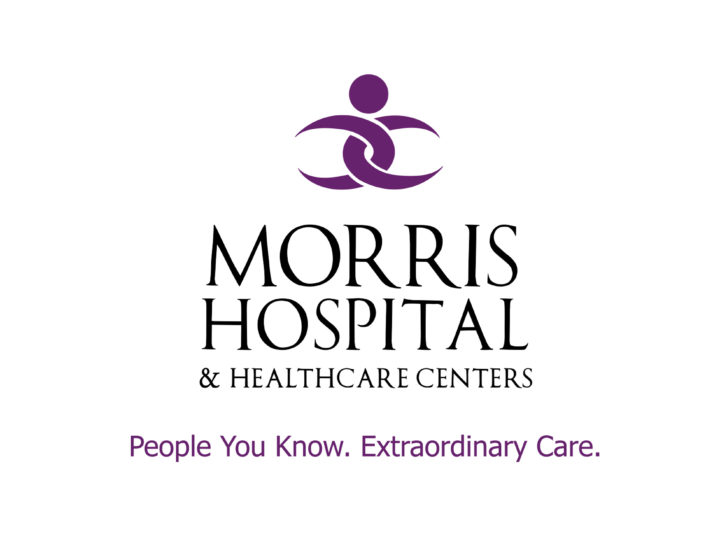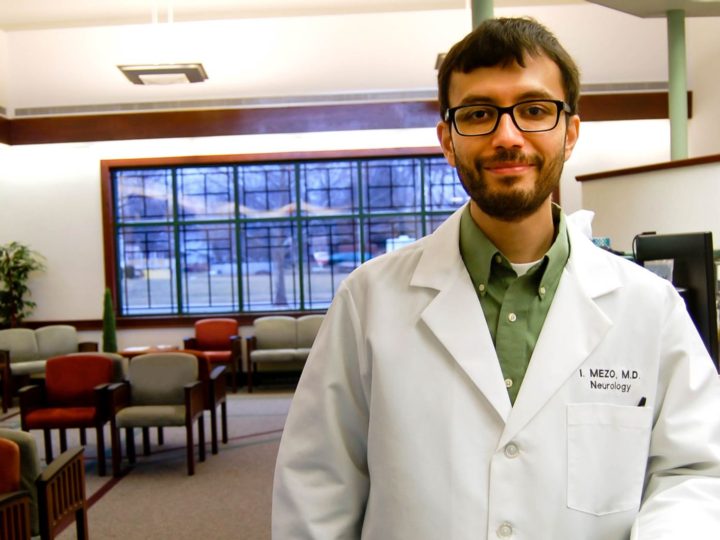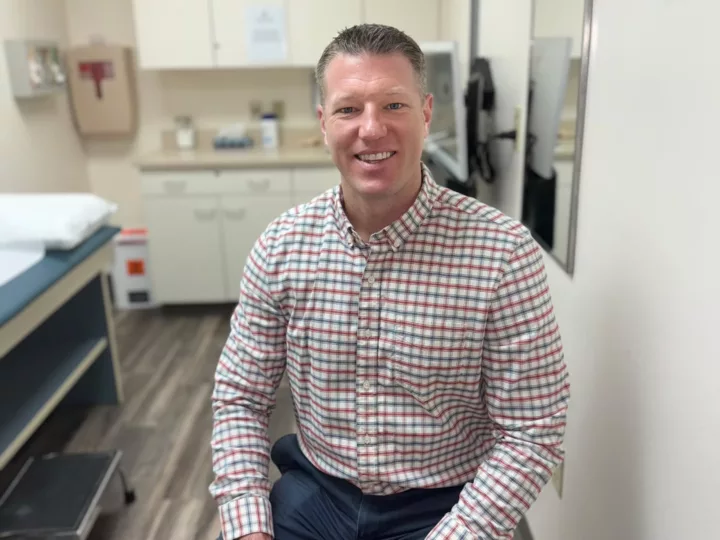Introducing Robotic-Arm Assisted Surgery!
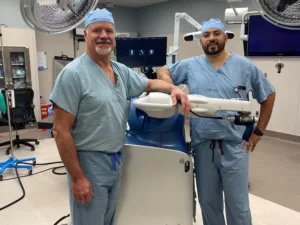 Six months after unveiling the newly constructed state-of-the-art surgical suite, Morris Hospital & Healthcare Centers enhanced its surgical capabilities even further by adding Mako Robotic-Arm Assisted Surgery for total hip, total knee, and partial knee replacement surgeries.
Six months after unveiling the newly constructed state-of-the-art surgical suite, Morris Hospital & Healthcare Centers enhanced its surgical capabilities even further by adding Mako Robotic-Arm Assisted Surgery for total hip, total knee, and partial knee replacement surgeries.
An innovative treatment solution intended to relieve painful arthritis of the knee or hip, the advanced surgical technique has been associated with less pain, less need for pain medications, reduced hospital length of stay, and improved knee flexion and soft tissue protection.
What exactly is Mako Robotic-Arm Assisted Surgery?
For patients having hip or knee replacement surgery with the Mako System, it all starts with a CT scan to give the surgeon more information about the patient’s anatomy.
Images from the CT scan are then used to create a 3D CT-based model of the patient’s hip or knee joint, which the surgeon uses to create a personalized surgical plan based on the patient’s unique anatomy. The 3D model also assists the surgeon during the joint replacement procedure.
In the operating room, the surgeon follows the patient’s personalized surgical plan while preparing the bone for the hip or knee implant, depending on the type of surgery. This essentially means removing diseased bone and cartilage.
The surgeon guides Mako’s robotic arm within the predefined surgical area, while Mako’s AccuStop TM technology helps the surgeon stay within the planned boundaries that were defined when the personalized preoperative plan was created.
For some patients, this can mean preserving more soft tissue. For others, it can mean saving more healthy bone.
Does a robot actually perform the surgery?
No. It’s important to understand that robotic arm-assisted surgery is still performed by the surgeon, not a robot.
“Mako does not perform the surgery, make decisions on its own, or move without the surgeon guiding it,” explains Dr. Paul Perona, an orthopedic surgeon with Morris Hospital Orthopedics & Sports Medicine. “The surgeon guides Mako’s robotic arm during the surgery and is able to make adjustments to the plan at any time as needed.”
What type of surgeries are performed at Morris Hospital with the Mako System?
At Morris Hospital, the Mako System is used in the following types of orthopedic surgeries:
- Mako for Partial Knee replacement is a treatment option for adults living with early- to midstage osteoarthritis that has not yet progressed to all three compartments of the knee.
- Mako for Total Knee replacement is a treatment option for adults living with mid- to late-stage osteoarthritis of the knee. With a Mako Total Knee replacement, the entire knee joint is replaced.
- Mako for Total Hip replacement is intended for patients who suffer from noninflammatory or inflammatory degenerative joint disease, which may include osteoarthritis, post-traumatic arthritis, rheumatoid arthritis, avascular necrosis, and hip dysplasia.
Which physicians at Morris Hospital are trained in Mako Robotic-Arm Assisted Surgery?
Currently, Orthopedic Surgeons Ahmed Eldib, M.D., and Paul Perona, M.D., are the two orthopedic surgeons at Morris Hospital trained in Mako Robotic-Arm Assisted Surgery.
What should I do if I’m experiencing joint pain in my hip or knee?
Because each patient is unique and can experience joint pain for different reasons, it’s important to talk to a physician about the reason for joint pain in order to understand the treatment options available. Typically, joint replacement surgery is only recommended after more conservative methods of treatment are no longer providing relief from pain.
To learn more about Mako Robotic-Arm Assisted Surgery at Morris Hospital, visit morrishospital.org/robot.
